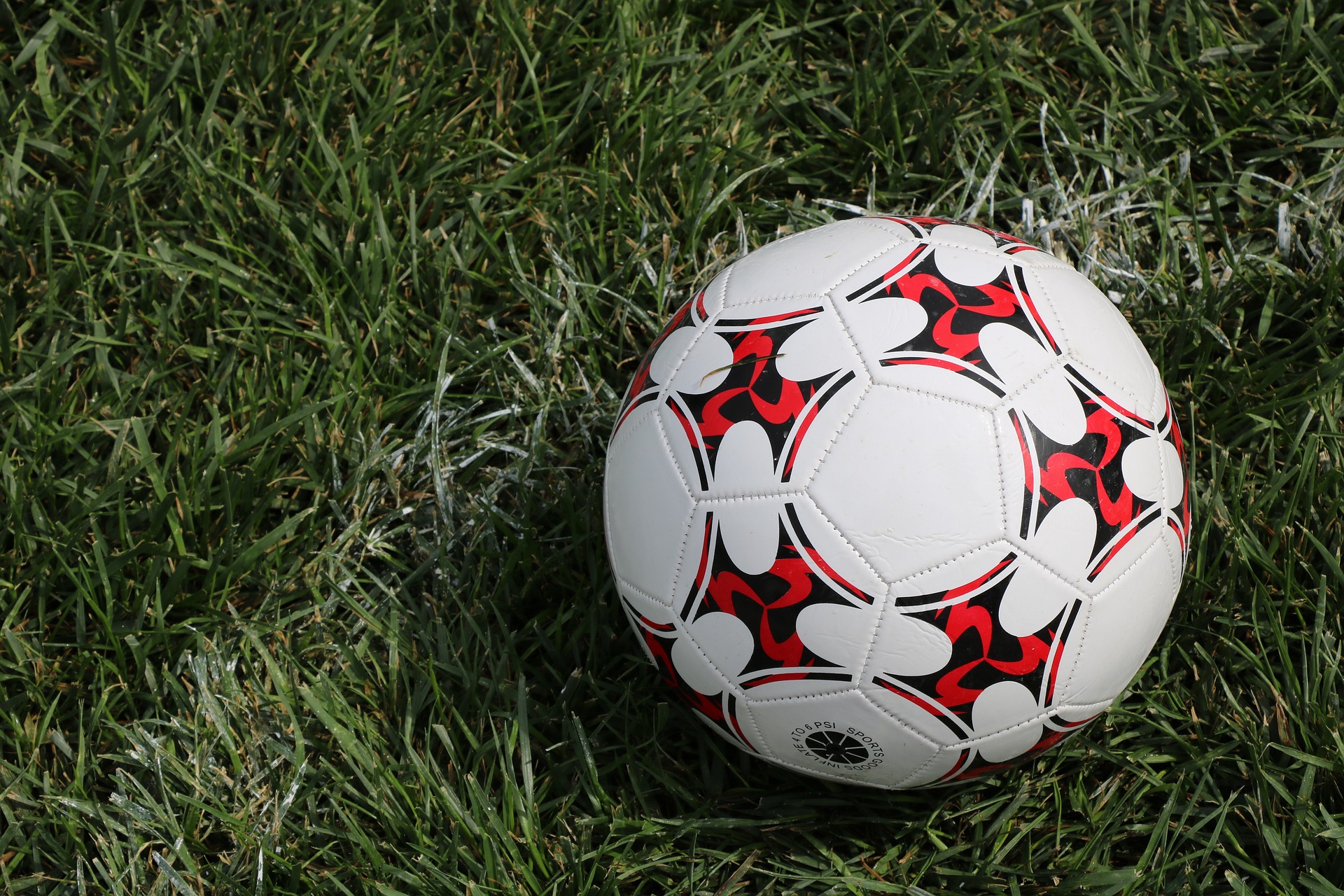Breaking Down the Biomechanics of a Tennis Serve
Every tennis game begins with a serve, a single maneuver that sets the tone for the round. A serve in tennis is a complex sequence of movements that combine power, precision, and tactics. It involves a unique blend of body mechanics, which, when performed correctly, can give a player a significant advantage over their opponent.

The History and Evolution of the Tennis Serve
The tennis serve has evolved significantly since its inception. In the early days of tennis, the serve was merely a means to start the point. It was a gentler, underhand toss that prioritized precision over power. However, as the sport evolved and the rules changed, so did the serve. In the late 19th century, the overhand serve was introduced, increasing the speed and complexity of the game. Today, the serve has become a vital part of any player’s arsenal, showcasing a blend of power, accuracy, and unpredictability.
The Science Behind the Serve
The biomechanics of a tennis serve can be broken down into several key components: the toss, the backswing, the strike, and the follow-through. Each component is crucial and contributes to the overall effectiveness of the serve.
The toss involves lifting the ball into the air while simultaneously drawing the racquet back in preparation for the strike. The backswing utilizes the rotation of the torso and the coiling of the arm muscles to generate power. The strike, or impact, is where the stored energy is released, propelling the ball towards the opponent’s court. Finally, the follow-through ensures a smooth, continuous motion, reducing the risk of injury.
The Power and Precision of the Serve
A successful serve requires a delicate balance between power and precision. Too much power without control can result in faults, while too much precision without power can result in a weak serve that is easy for the opponent to return.
The power in a serve comes from the sequential activation of the body’s muscle groups, starting from the legs and moving up through the torso, arm, and finally, the wrist. The precision, on the other hand, comes from the angle of the racquet at the point of impact and the timing of the ball toss and swing.
Training for an Effective Serve
Training for an effective serve involves practicing the individual components and then integrating them into a fluid, seamless motion. It requires a combination of strength training, flexibility exercises, and skill drills.
Strength training, particularly for the core and upper body, can help increase power. Flexibility exercises can improve range of motion, allowing for a more extensive backswing and a better follow-through. Skill drills, on the other hand, can help enhance precision and timing.
In conclusion, the tennis serve is an intricate maneuver that requires a unique blend of strength, precision, and tactical understanding. It is a testament to the complexity and beauty of the sport, and a clear demonstration of the remarkable capabilities of the human body.




